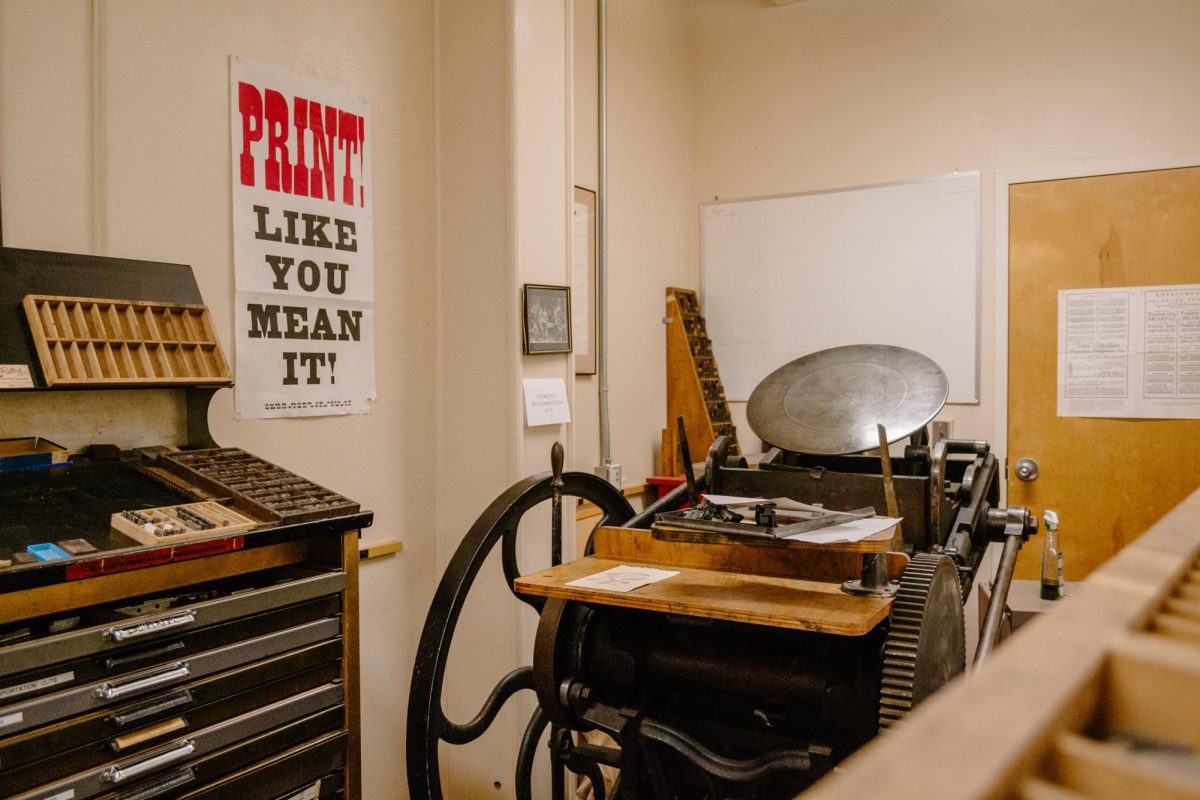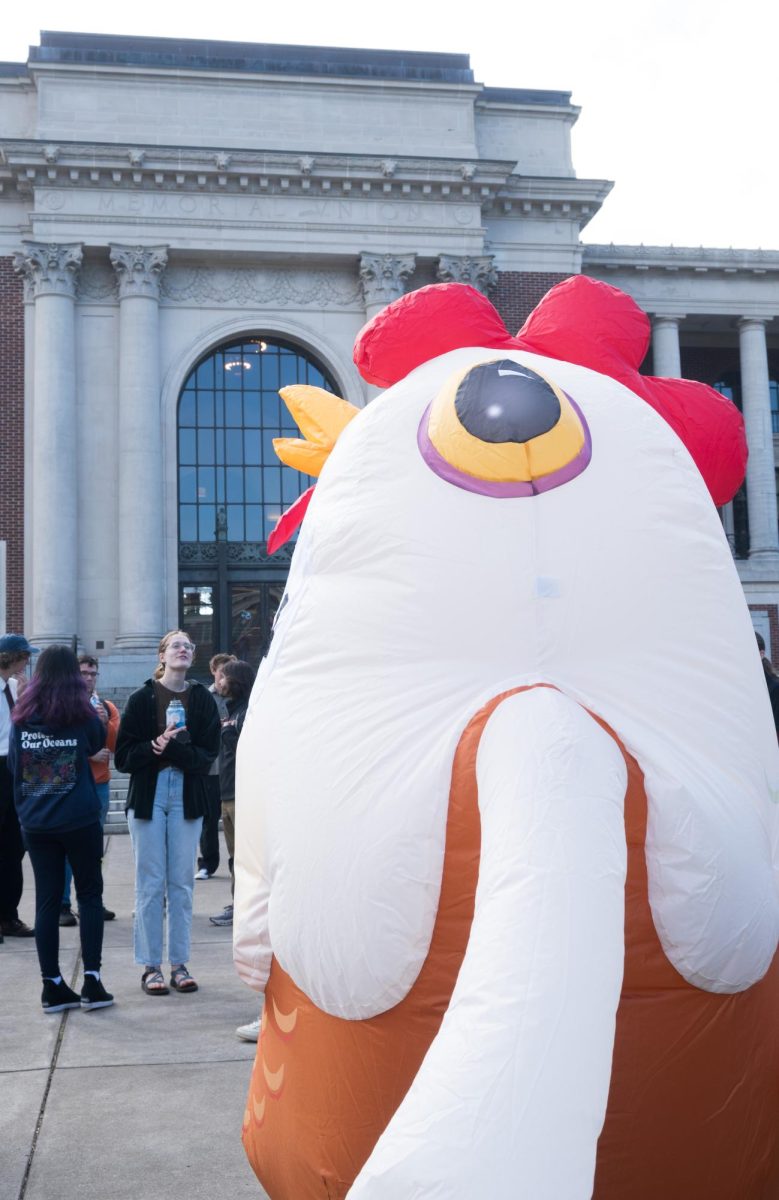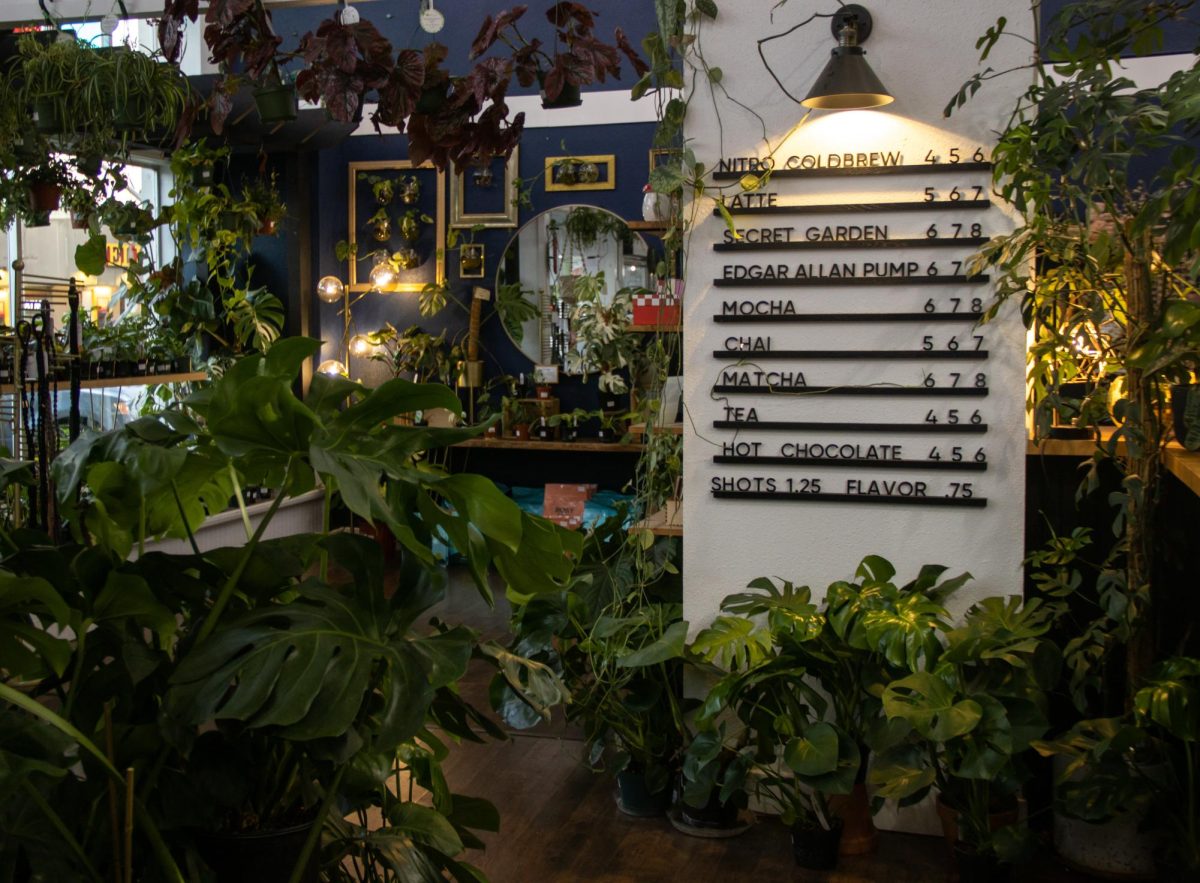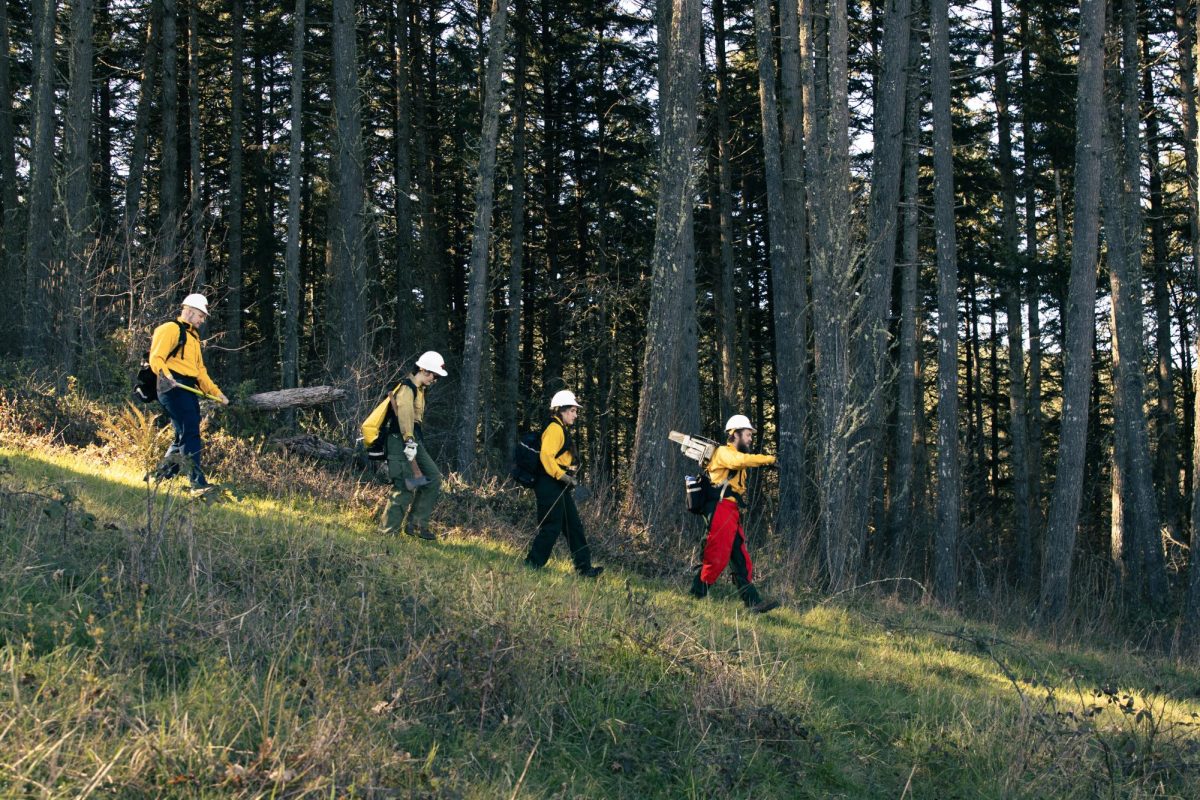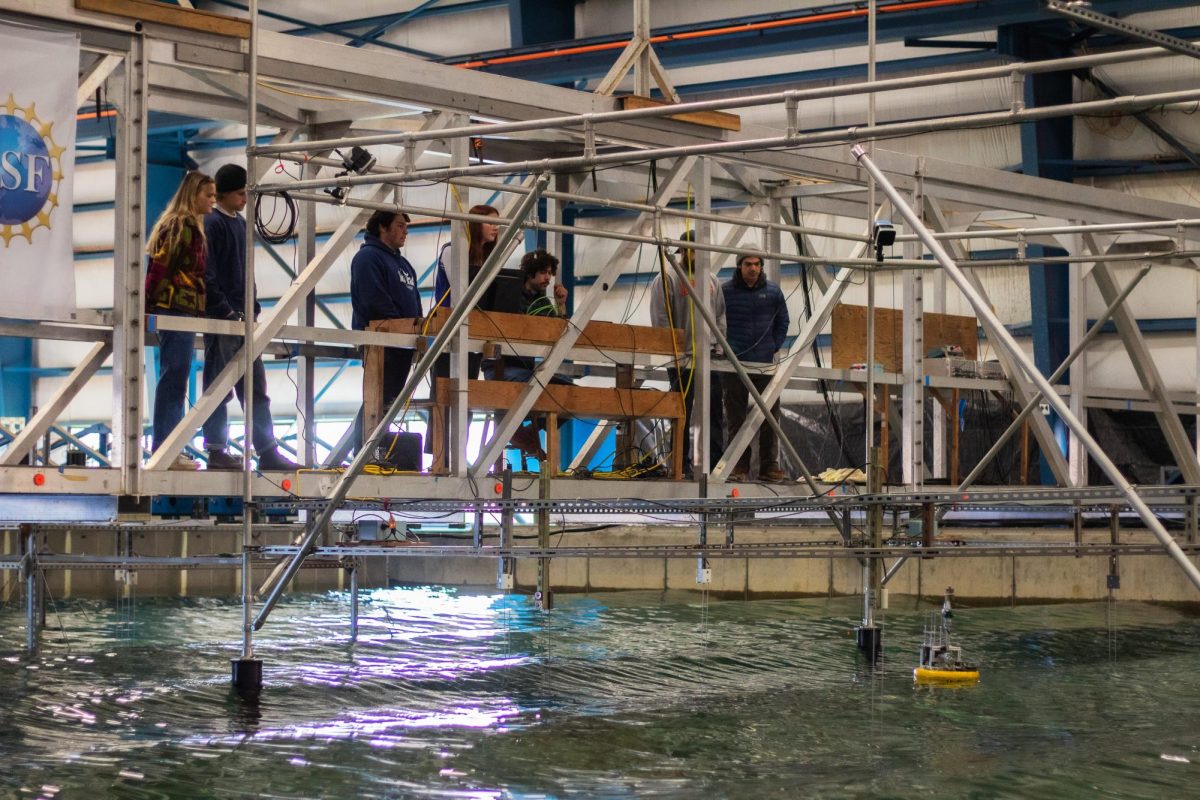Hidden in the basement of Moreland Hall, behind a large window under a canvas sheet is a mysterious metal device loaded with ink.
Students are printing poetry, art, and their own original work on a 1912 Chandler and Price platen printing press, 4 years after Karen Holmberg, Associate Professor in the School of Writing, Literature, and Film, advocated for its purchase.
“We acquired three small platen presses, and two proofing presses, through donation,” said Holmberg.
Students from all disciplines are able to engage with the printing press. From those in classes like reading for writers, to those who are doing their honors thesis or those undertaking internships under Holmberg’s mentorship.
Charlotte Marquez, a third-year creative writing major, was able to run the press herself a number of times last year in the reading for writers course.
In the course, students split into groups to tackle the daunting task of printing a piece of writing. They chose a poem, designed a page, set the type, prepped paper, and printed enough copies for the class and more.
“What I mostly did was wetting the paper… just to prime it before you print anything on there,” said Marquez.
Marquez also printed copies of the poem with the press, which only a few students were able to do.
“It was hard to do, but it was really cool to see how people used to print media,” she said.
Karen Holmberg originally got the press because of her interest in old methods of printing.
“There are few opportunities to make something with words in such a tangible way; the typesetter, in addition to possibly being the author, is the designer and determines so many expressive elements such as the use of visual space, ornament, type size, and style,” Holmberg said.
There is a set amount of flexibility in printing by hand. The typeset is premade and therefore cannot be changed.
“Students can learn about old media in this digital age,” Holmberg said.
The main reason she enjoys teaching classes involving the printing press is to introduce students to a new way of seeing words. She likes to allow students to explore technologies behind modern day printing.
“I’m interested in the history of printing, the ways in which printing and writing or creating intersect, and the pedagogical impacts of traditional printing, or ‘old media’ in this age of new media,” said Holmberg.
Holmberg also teaches a class solely dedicated to the printing press. It is a weekend intensive in which students print their own piece of writing for themselves. However, there are many other classes that use the printing press during specific units, including a Shakespeare studies course.
The weekend intensive can be signed up for through class scheduler during terms that it is offered. Other courses that have used the press before are, ENG 217, ENG 570, WR 541 and 570. More information about the printing press can be found on the OSU website.

